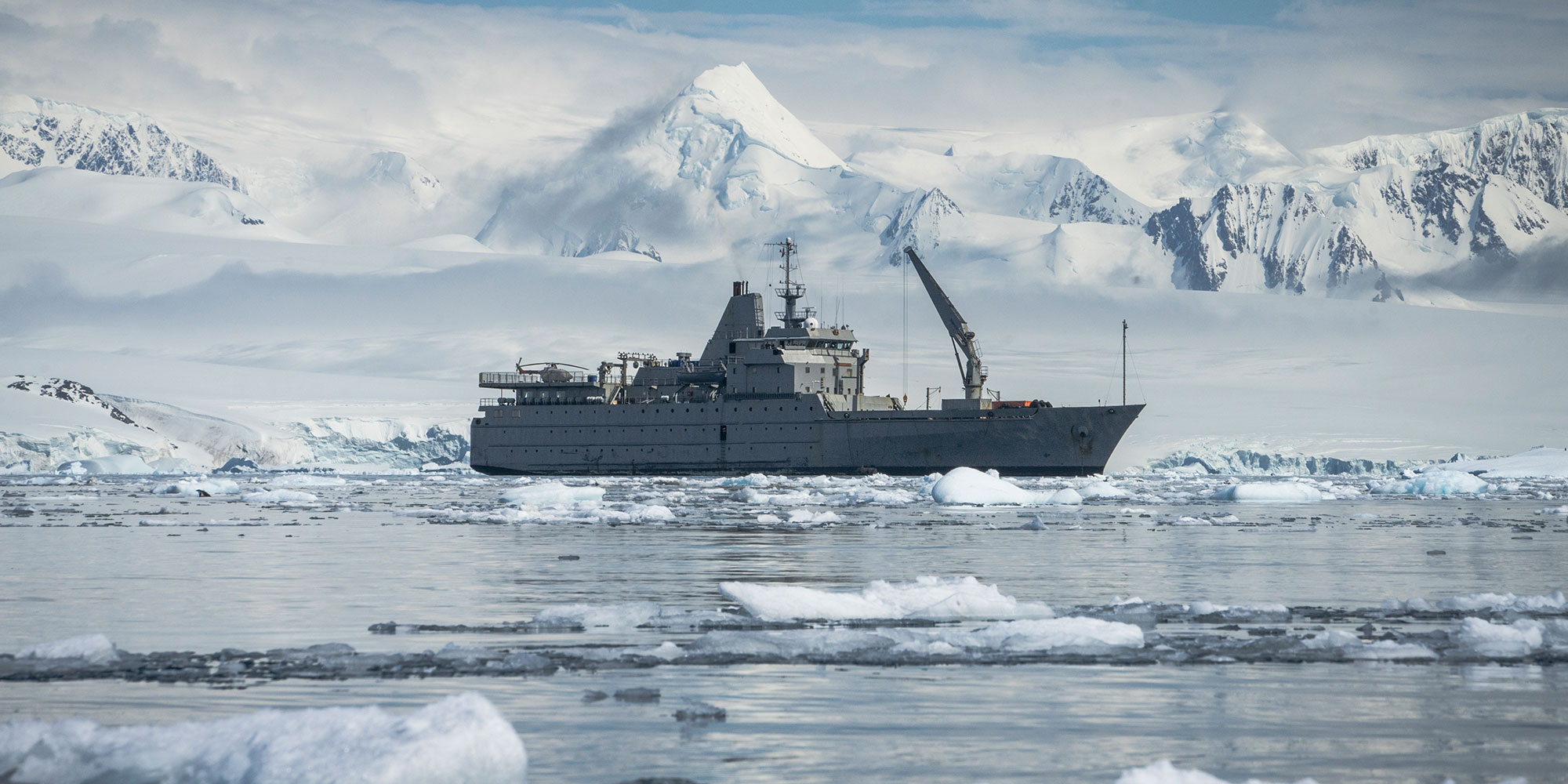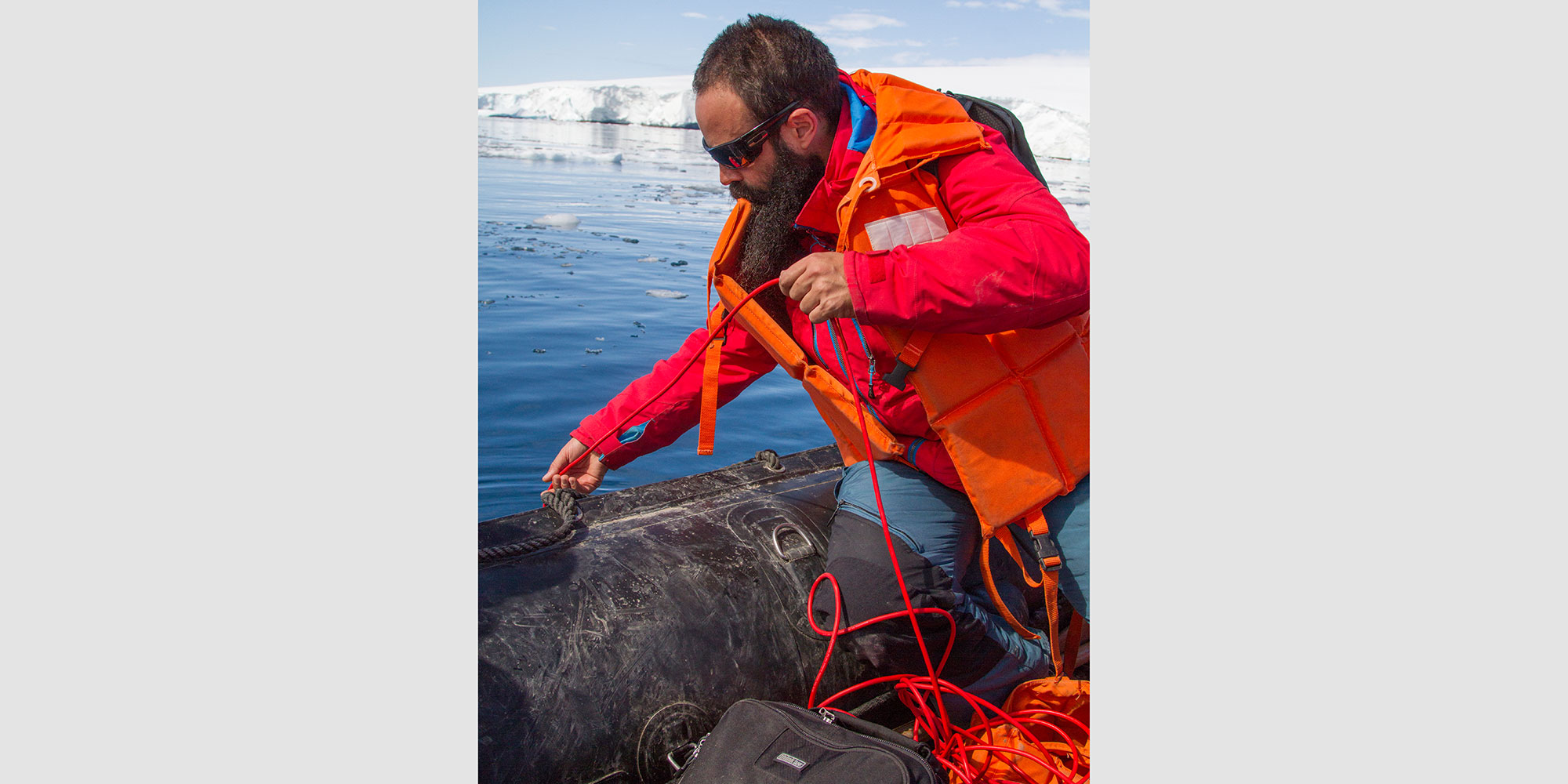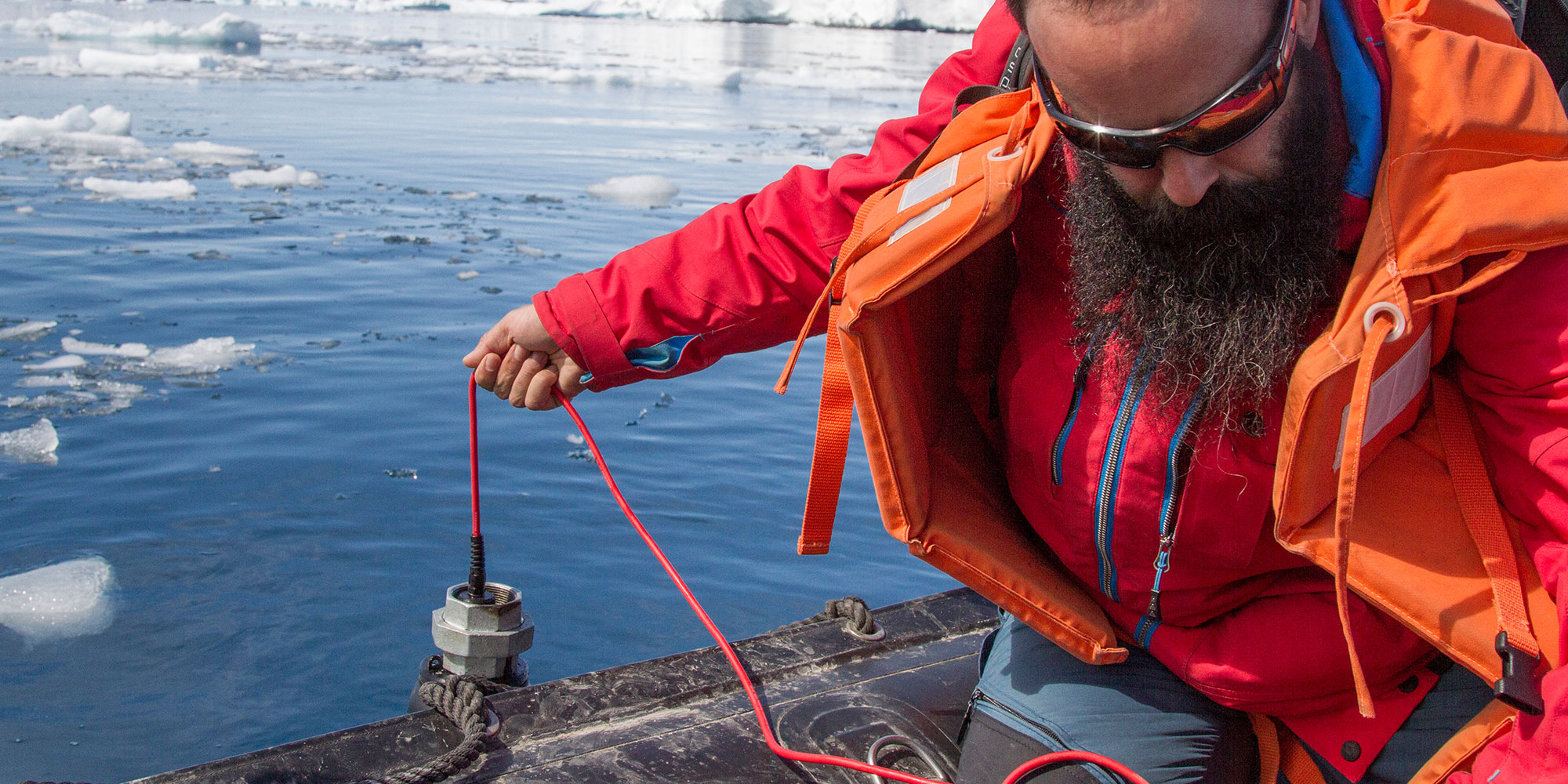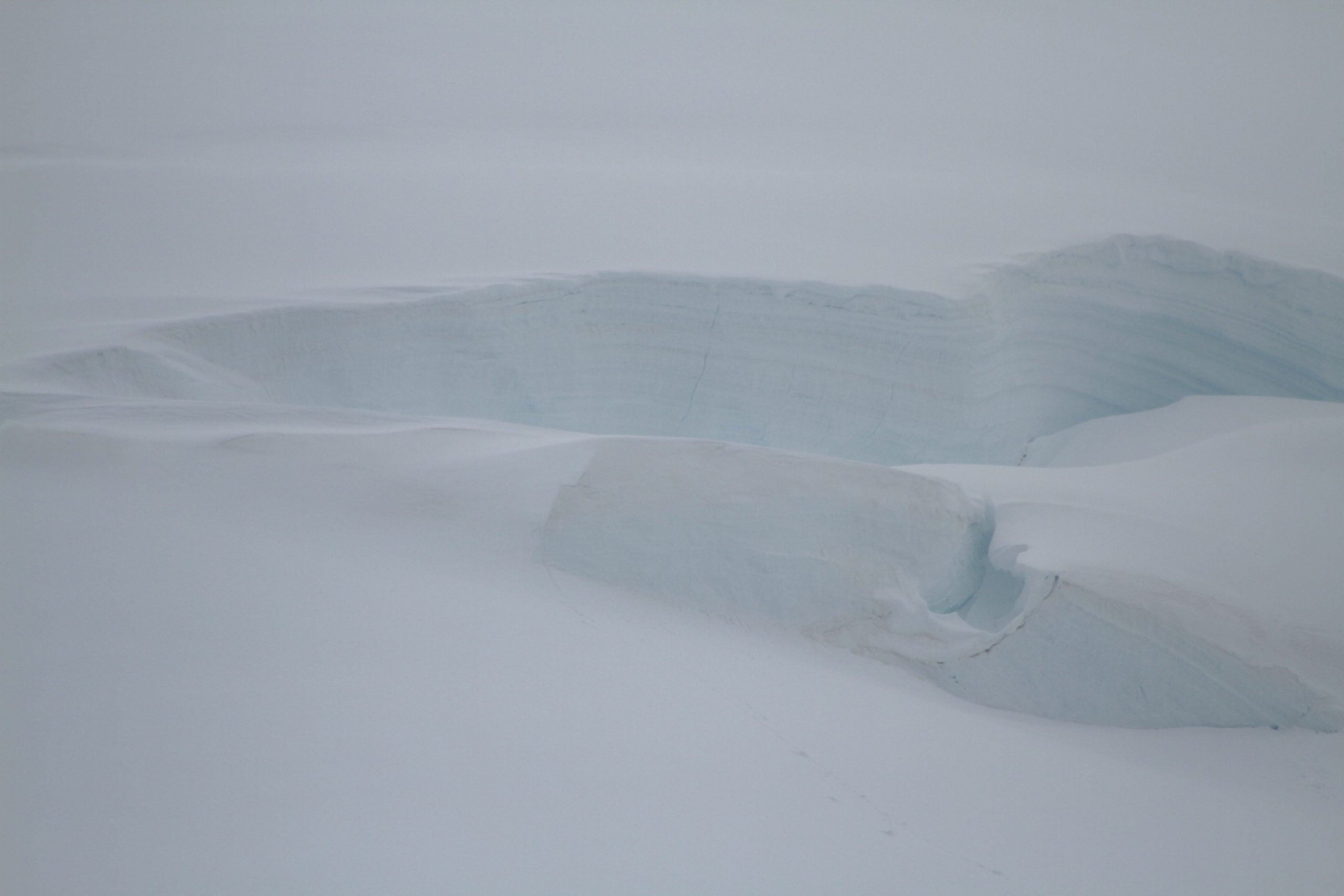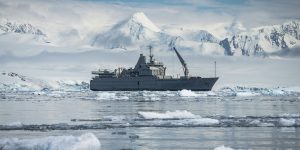Axis research builds a dialogue that both explores and critically addresses the sphere of Earth’s natural energy phenomena, in contrast to the human impact on Antarctica and its implications for living systems and their biopolitical interconnections. A series of actions with the first study for an ice logarithmic periodic antenna to capture the EM phenomena, combining reception/transmission, through custom-made electronic devices and site-specific interventions on the Antarctic Hertzian space.
Harvesting Isolation
In an attempt to address energy harvesting of isolated spaces, AXIS creates a vertical detection device of acoustic phenomena which focus on the concepts of presence, absence and density of mechanical and electromagnetic waves, harvested from GARS O’Higgins Base and human-made abandoned scientific constructions on the Antarctic Peninsula.
The garden presents an immersive audiovisual VR universe as a journey which displays the magnification, reception and freezing of Earth’s natural energy phenomena, in contrast to human impact and its implications for living systems in different ecologies and their biopolitical interconnections. The main drive for this research is the exploration and investigation of what lies beyond human perception, to capture the phenomena within this isolated location that have strong implications worldwide. The work builds a dialogue that both explores and critically addresses this sphere of mechanical and electromagnetic activity – not accessible to human senses- through a series of actions combining reception, transmission and the interruption of signals through custom-made electronic devices and site-specific interventions on the Hertzian space.
The VR installation displays a 3D audiovisual environment with the first study for an ice logarithmic periodic antenna installed in Antarctica, an experimental monopole antenna system that morphs according to the freezing and melting processes affecting the received wavelengths. The system, connected to VLF/ELF wave detectors and µ-wave logarithmic detectors, is capable of receiving a broad band spectrum of natural phenomena and man-made radio waves. The output of the detector system is connected to an ice membrane sound system and a set of transducers.
The research and actions took place from December 2018 to January 2019 with a group of scientists, artists and researchers under the POLAR Research Group.
Preview video
Timetable
Program
Project Credits / Acknowledgements
Concept and development: Víctor Mazón Gardoqui
GARS O’Higgins Base – German Antarctic Receiving Station https://en.wikipedia.org/wiki/Base_General_Bernardo_O%27Higgins_Riquelme
German Aerospace Center (DLR) https://www.dlr.de/
INACH – The Chilean Antarctic Institute —> https://www.inach.cl/inach/
Polar Research Group
Eduardo Rivas – Photo credit https://eduardorivasvisual.com/
Adrian Rodriguez – Hub / 3D credit

